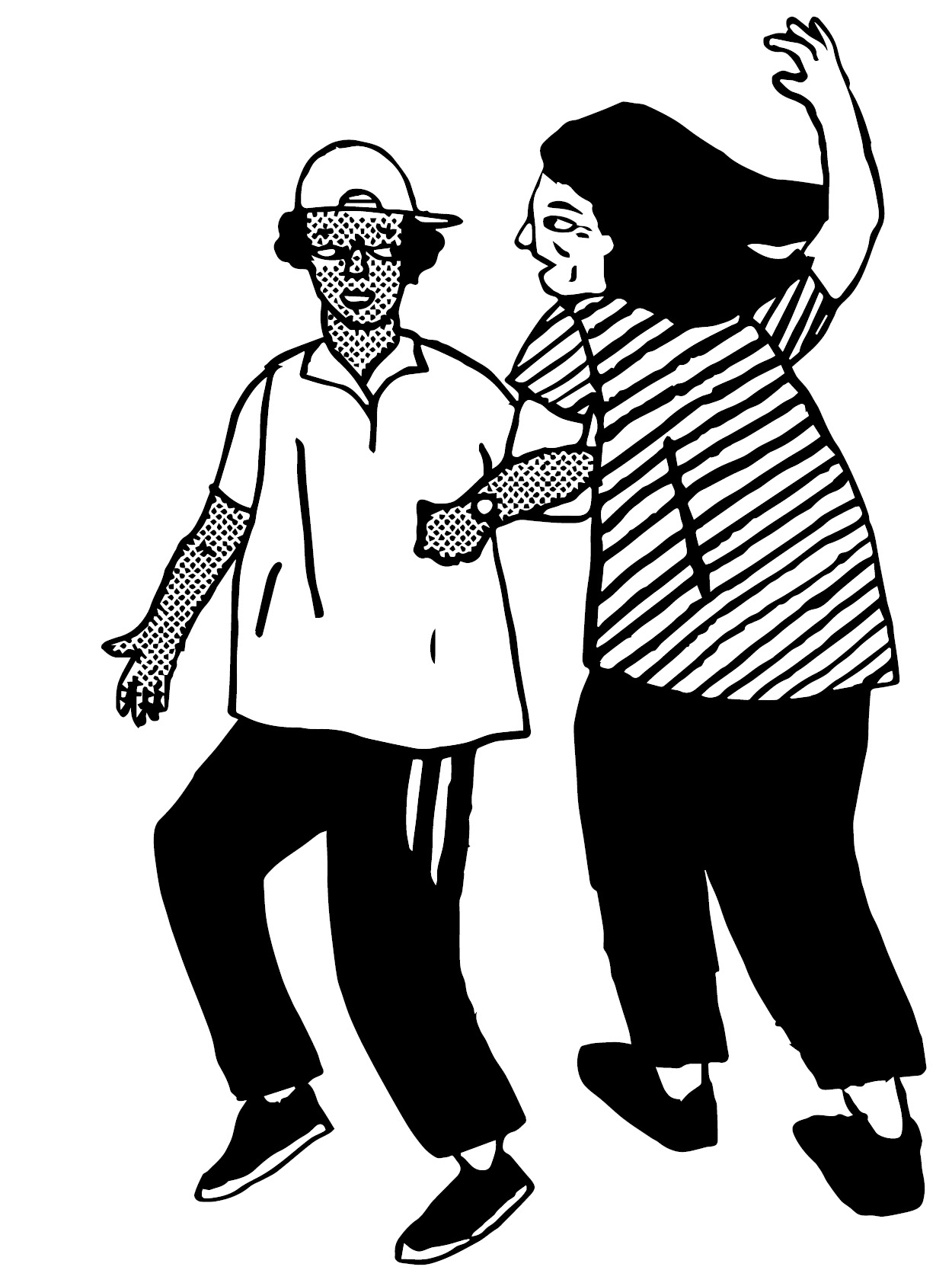Beginners’ Guide to British Folk Customs
From Plough Monday to Hocktide
This Beginner’s Guide covers the period of the year between Twelfth Night (6 January) and Hocktide (the second Tuesday after Easter). Beginning with the Plough Monday commotion at places like Haxey in Humberside and culminating in the Hocktide goings-on at Hungerford in Berkshire, this is an introduction to some special and sometimes anarchic events in the British traditional Calendar which may amaze you.
Commerce and the mass media ensure that we don’t forget the key dates and events. Supermarkets, bakeries and corner shops bombard us with offers of pancakes, Hot-Cross buns and Easter eggs, while florists, chocolate and soap manufacturers get in on the act to remind us of our mothers... and St Patrick proves a great friend to the distillers. But many other customary practices are observed in a much more discreet way, displaying a greater local emphasis.
Epiphany, Candlemas, Shrovetide, Ash Wednesday, Lent, Palm Sunday, Maundy Thursday, Good Friday and Easter are the main Christian festivals referred to in this Spring period. This guide concentrates on the customary activities surrounding them and the other traditional celebrations unique and significant to the people of the British Isles. Many often lament the fact that their traditions lack the vitality and excitement of a Mardi Gras or Carnival, a fact which is very apparent in a multi-cultural society where we may share the joys and expressions of many other cultures. Take Chinese New Year or the Notting Hill Carnival, for example. But a simple glance at the contents will reveal a wide diversity of revelry and merry-making that still very much exists, even during the austere Lenten period.
Change of Calendar
We begin on 6 January – and there lies the first problem! Our calendar was changed in 1752 from the Julian to the Gregorian or New Style calendar by an Act of Parliament in 1751, eleven days disappeared and the day after 2 September became 14 September. People took to the streets shouting, “Give us back our eleven days”, and some adamantly refused to observe the change. Hence, even today, these Old Stylers believe that Christmas Day is really on 6th January.
It was common to start a special day at 6pm the previous evening and to have the Night or Eve coming before the Day, as in Christmas Eve or Night coming before Christmas Day and New Year’s Eve before New Year’s Day. Confusing? Well, the first day of our Spring calendar is no exception and is commonly known as Twelfth Night – the evening of 5 January and all day of 6 January – which, as we have already said, is Old Christmas Day and, to confuse matters more, Epiphany.
The original text for this Beginners' Guide was written by Doc Rowe in 1995 for the EFDSS publication 'Plough Monday to Hocktide: an education resource pack for the Spring term on British traditions'.











